Reflections from the Camino de Santiago
Inevitably, after completing your long walk to Santiago de Compostela, you’re confronted with the natural next stage of the Camino de Santiago – personal reflection.
Many thoughts flooded my mind as I quietly sat in Plaza del Obradoiro, admiring the iconic cathedral and it’s towering spires.
It was a special moment. One that I hope will stay with me forever.
Waves of pilgrims arrive at this bustling square throughout the day. Some limp to the cathedral in obvious pain, while others sing and clap with pure joy. Some are crying, some are hugging, some are quietly sitting with their thoughts.
The contrast is palpable. It’s a powerful reminder that no two journeys are the same.
Watch this short reel from my arrival to Santiago de Compostela.
The common thread amongst all Camino pilgrims who arrive at Santiago de Compostela is a sense of accomplishment.
Regardless of the distance travelled or time spent on the trail, all who walk the Camino de Santiago share a common goal; to reach the celebrated Cathedral of Santiago de Compostela.
The are many ways to achieve this goal, which is part of the attraction to the Camino.
Related post – Why I started my Camino in Leon, Spain
How was my Camino experience?
So, was it worth it? Did it live up to your expectations?
Did reaching the cathedral in Santiago de Compostela change your life and solve all of your problems?
Although I’ve had time to process these questions, I’m still sorting through the answers.
Yes, walking the Camino de Santiago is absolutely worth it. I had a great experience, and I would highly recommend it.
However, my Camino experience was not what I initially expected. It was not the transformational experience that I had envisioned. It was different.
Along the Way, you will inevitably hear the phrases; “The Camino Provides” and “The Camino doesn’t give us what we want. It gives us what we need”.
As I reflect on my journey, I believe the Camino did provide me with what I need. But that outcome is different than what I originally thought it would be.
The Camino did not change my life. And it did not solve my problems.
However, it did provide clarity about what changes are needed to improve my life. It reminded, and reinforced, the believe that “Life is a journey, not a destination”.
I share more about these lessons learned below.
Why walk the Camino de Santiago?
People walk the Camino for a variety of reasons. There is no right or wrong reason to walk The Way.
Some walk for spiritual and religious reasons, to deepen their faith. It’s a Catholic and Christian pilgrimage, with hundreds of chapels, churches and cathedrals along the path.
Some walk for personal growth and reflection. Others walk for the adventure and physical challenge that comes with a long distance walk.
Some walk for community and connection. The Camino attracts like minded people from all over the world and the trail creates a space to create new relationships.
Some walk the Camino to work through grief and unwelcome change. The loss of a loved one. The loss of a career or personal identity. Or the acceptance of an unwanted disease that may change or consume your life, or someone you love. The hope is that the walk will help with the healing process.
Some walk to escape their every day. To spend a few days or weeks disconnected from life’s daily routine. It provides the space to be free and live in the moment.
The Camino is much more than just a long walk.
Why did I choose to walk the Camino?
The main reason I chose to walk the Camino de Santiago is to have a grand solo adventure.
Can you believe that after visiting 75+ countries, the Camino is my first solo adventure overseas?
I love to hike and walk long distances, and I want to spend more time in Europe, so the Camino is the perfect opportunity to blend travel, adventure and personal reflection.
At the same time, I was grieving and processing the loss of several close family members in a short period of time. Cancer, Parkinson’s Disease, heart failure, and dementia. It’s been a rough few years.
As my kids get older, and family members pass away, I can’t help but feel time slipping away. All of a sudden, I’m a middle-aged man and life’s runway feels much shorter.
I’m feeling fat, tired, unmotivated and stuck. Change is needed.
Also, earlier this year, I left an 18 year career at the same company. That’s a long time! It’s been a strange transition. I’m ready for new opportunities, but I miss the people and comfort of the familiar.
Needless to say, all of this change has been overwhelming at times.
I needed some time and space to sort through all of this.
Watch this short recap on Instagram.
The Journey: Finding MY Way
I decided to walk the Camino Francés route, starting in the city of Leon.
I chose to use a booking service to help with my itinerary and accommodations.
There are several tour companies that specialize in Camino de Santiago trips. They help you plan the route, based on your desired distance, pace, travel style and budget.
I chose to pre-book private hotel rooms.
I am a very light sleeper and I need personal space at night. The thought of sleeping with a group of snoring, stinky strangers was not appealing to me. It gave me anxiety thinking about it.
The consequence to this decision is that it removed spontaneity from my Camino. My itinerary was set. I knew exactly where I was going each day.
However, the benefit to this decision is that I did not have to stress about booking accommodations each day.
I talked with many pilgrims who spent hours each day stressing about where to sleep. In some cases, they had to walk an additional 5-10 km when albergues are full. This does not sound fun to me. But, maybe that’s the point?
I’m glad I did not have to think about accommodations.
It allowed me to be present on the walk. It removed an unnecessary distraction.
Yes, it is more expensive to stay in hotels. But I have the budget for this additional expense. It was the right decision for me. And, I might have missed staying here and here.
Staying at hotels is not for everyone; and the same can be said for albergues.
Luggage transfer service
I have back issues that have plagued me for 20+ years. And I injured my knee a few years ago. I was nervous about injuring my back and/or knee due to the extra weight of the backpack.
I would have been gutted if I was unable to make it to Santiago de Compostela because of an injury.
This fear actually consumed me during the planning process. Therefore, I made the decision to use the luggage transfer service.
I was able to do this because I knew exactly where I was staying each night. This is another advantage to pre-booking your accommodations.
It costs about $5-6 euros per segment. Every morning, I left my luggage in the lobby before 8:00 AM. When I arrived at my next hotel, my luggage was waiting for me.
I did not have any issues. It worked perfectly. And, if you see these transport vans in action, it’s quite an impressive operation.
Read this post for more details about my itinerary.
There is no right or wrong way to do the Camino
However, there are lots of opinions about the right way.
Some pilgrims, mostly those who have walked the Camino multiple times, believe you must stay in dorm rooms at albergues, instead of hotels with private bedrooms. The discomfort of sharing a dorm room with snoring, loud and stinky pilgrims is part of the journey (in their opinion).
They believe that dorm rooms are more social, which leads to deeper connections with other pilgrims. In theory, this is true.
The opposite is also true. You may have negative experiences with disrespectful pilgrims in your dorm room.
These same pilgrims believe you must carry all of your belongings on your back, even though there’s an option for luggage transfer. The reasoning for this opinion is connected to the same idea that suffering and discomfort contribute to deeper lessons from the Camino.
No pain, no gain. Right?
I understand why some pilgrims feel this way. However, I don’t think it matters where you stay or how much you carry on your back.
You must find YOUR way. What works for you.
There are several factors that will impact your Camino experience
- The route you choose – there are several different Camino routes
- Time of year – weather and availability of accommodations in Spain
- Time on the trail – where to start?
- Distance per day – pace vs physical condition
- What you carry on your back (vs luggage transfer)
- Where you stay – albergues/dorms vs private hotel room (comfort)
- Pre-booking vs spontaneous – security vs freedom
- Mindset and expectations – balancing goals vs reality (manage injuries)
- Community vs solo travel – social time vs personal reflection
- Cultural immersion – travel experience vs goal achievement
I spent weeks wrestling with all of these items. I did a lot of research, but the more I learned, the more indecisive I became.
Watch short video from the Camino on our Facebook page and Instagram feed.
Lessons from the Camino de Santiago
The main question I get since completing my Camino is – What was your main takeaway? and/or What did you learn?
My answer changes, depending on the person and my mood. I learned a lot during my 15 days on the Camino de Santiago.
However, if I have to sum it up, my answer is – just keep walking, one step at time.
You don’t need to know what’s around the corner. Just keep walking forward, one step at a time.
Trust that everything is going to be okay.
There will be hills to climb and sore feet to tend to, but that’s part of the journey.
It’s okay to look back every once in a while, to gain perspective and reflection.
However, don’t spend too much time admiring or cursing the past. That’s not where you are going. You are moving forward, one step at a time.
Find YOUR Way. Trust in yourself.
You define your journey. Do what feels right, for you.
Comparison is the thief of joy.
Do your research. Listen to other people’s perspective and opinions. However, in the end, it’s your journey.
Don’t risk injury or put yourself in a bad situation because of someone else’s opinion about what’s right or wrong.
Slow down. It’s not a race!
The Camino reminded me of the importance of slowing down. Appreciate the simple moments. That’s where the magic lives.
At the start of my Camino, I was laser focused on the daily goal – walk X kilometers and arrive at the next hotel by X o’clock.
I powered through the walk and took few breaks. I made good time, but all that meant was that I arrived at my hotel earlier.
In some cases, this was good because it gave me time to explore the city or town. I enjoyed my time in Astorga, Ponferada, Villafranca del Bierzo and Portomarín.
It doesn’t matter if it takes you 2, 3 or 5 days longer to complete the Camino. It takes as long as it takes. One step at a time.
If you’re only focused on the end goal, you’re missing the point.
After a few days on the trail, I slowed my pace and I started to see things differently.
I started to hear the birds sing. I noticed the old stone walls separating farms from the trail. And I noticed the unique artwork on the walls of small churches in small villages.
Don’t overthink things. Release the need for control.
I am guilty of overthinking and trying to control everything. The fact that I pre-booked my hotels speaks to this.
I want everything to be perfect. Alternatively, I don’t want things to go wrong. So, I try to control the situation with excessive planning and bubble wrap.
Now, I do think it’s important to have a plan. Otherwise you might be sleeping outside. But, it’s equally important to let things go. Let the journey unfold naturally.
It’s okay if things don’t go according to the original plan.
Spend time with yourself. Embrace being alone.
I’ve heard people rave about the people they met on the Camino. You end up seeing the same people along the trail, which creates a unique bond. Some call this their ‘Camino family’.
I’m a social person. So I thought I would meet a lot of people on the Camino. I envisioned deep conversations that would help me unpack the baggage.
This did not happen for me.
I did meet people on the trail. I spent the full day walking from O Cebreiro to Triacastela with a man from New Zealand. We had good conversations, but it was surface level. Not the deep stuff.
In hindsight, this was an unrealistic expectation to put on complete strangers.
Instead, I spent most of my time alone. I am grateful for this time. It was nice to turn off the brain and just walk. It was exactly what I needed.
I can do big things.
The final lesson that I’ll share today is the realization that I can do big things.
This might seem obvious to some, but I’ve had this little voice of doubt speaking to me for years. It’s not a helpful voice. It gets in the way of progress.
One of the reasons why I started in Leon, instead of Saint-Jean-Pied-de-Port, is because I was worried about getting injured or not having the stamina to walk 800 km. It just seemed too big, too far.
I put unnecessary limitations on myself.
This was a mistake.
Now that I’ve had this Camino experience, I believe that doing the full Camino Frances is quite attainable.
This lesson is applicable to many aspects of life. As I navigate my late-40’s and think about what I want to achieve in my 50’s, I have a new found confidence about what is possible. That’s powerful.
Would I do it again?
Absolutely. Without a doubt. The Camino de Santiago is already calling me back.
There is a strong possibility that I will return (soon!) to walk the Camino Portugués Coastal Route.
People often say that the real Camino experience begins when you return.
What will you do with the lessons learned? What changes will you make?
I find myself watching more YouTube videos and Instagram reels AFTER the Camino than during the original planning process. I see the places I’ve walked and it instantly brings me back.
Long distance walking is a fantastic way to experience a country. You see things you would not see if traveling by train, bus or car.
I learned a lot about the Camino experience during my walk. Things that worked well, and things I would do differently next time. I’m eager to see how I will approach a second Camino, given the lessons learned from the first.
Watch short video from the Camino on our Facebook page and Instagram feed.
Final thoughts: There’s no wrong Way!
The hardest part of the Camino de Santiago is starting. Taking the time off work (or life). Booking the flight. Finding your starting point. Taking that first step.
Whether you walk 110 km from Sarria to Santiago de Compostela, or you walk the full 800 km from Saint-Jean-Pied-de-Port, the most important step is the first one.
Whether you stay in a 20 person dorm room or private hotel room, do what feels right. Find YOUR way.
Whether you walk for spiritual reasons, or just for the love of adventure, the Camino will deliver.
It’s not about being the fastest or toughest. It’s about enjoying the journey and achieving YOUR goals.
Slow down, take breaks often, listen to the birds, smile at strangers, light a candle at a church, have a coffee or beer with new friends, take deep breathes, try new food, get up before sunrise. Repeat.
If you’re thinking about the Camino de Santiago, my advice is – Do It!
Don’t overthink it. Take that first step. The rest will fall into place.
Are you planning to walk the Camino de Santiago?
Leave a comment below if you have any questions.
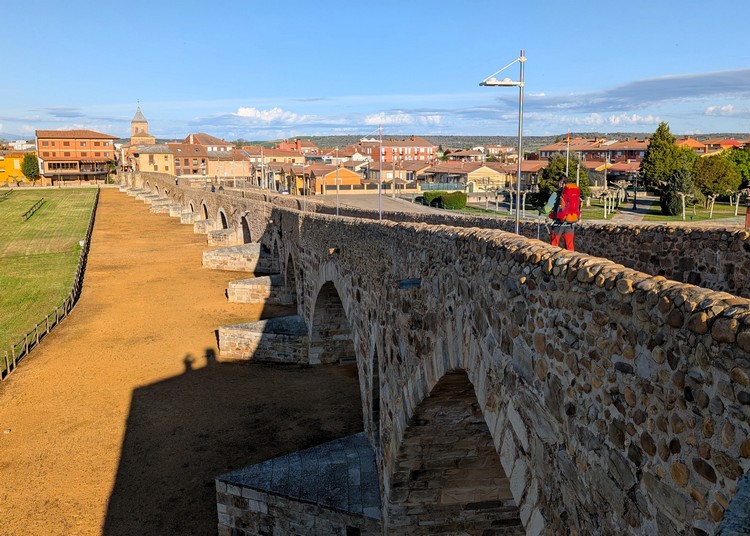
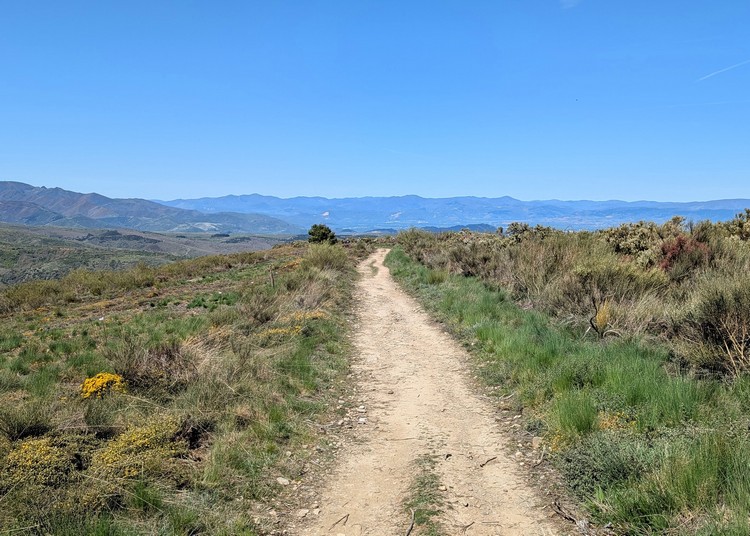
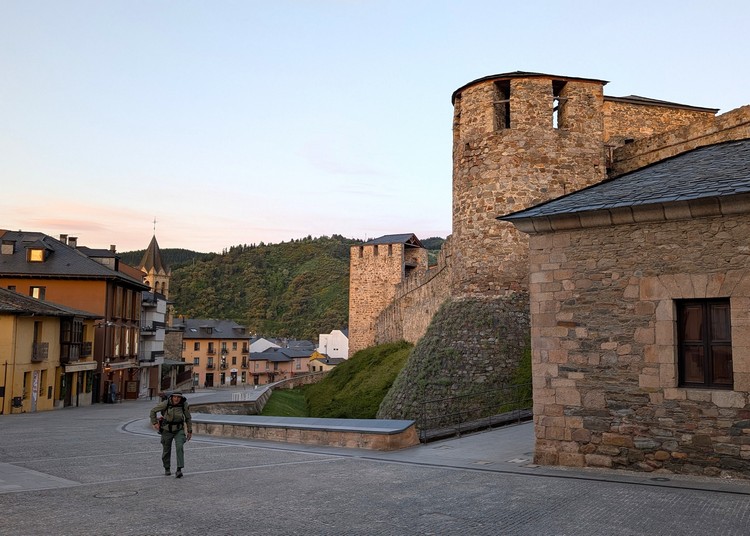
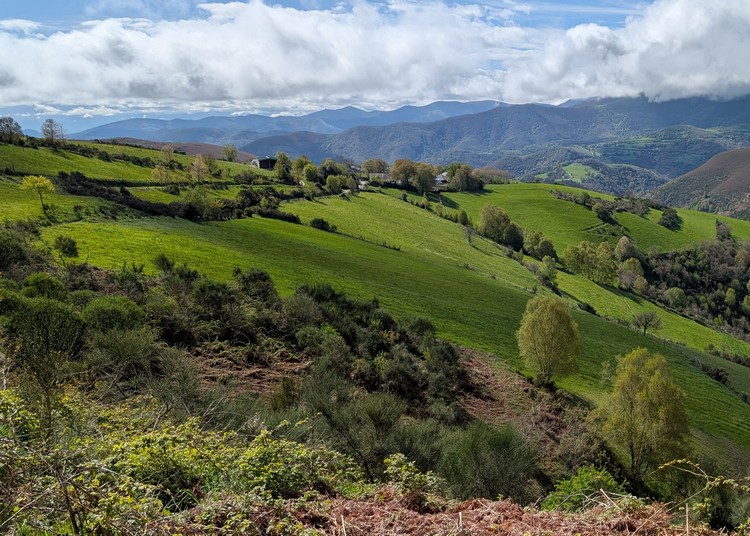
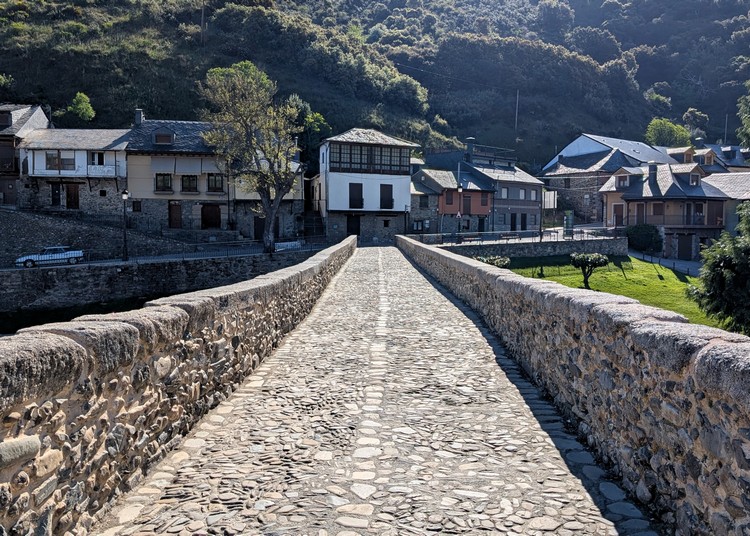
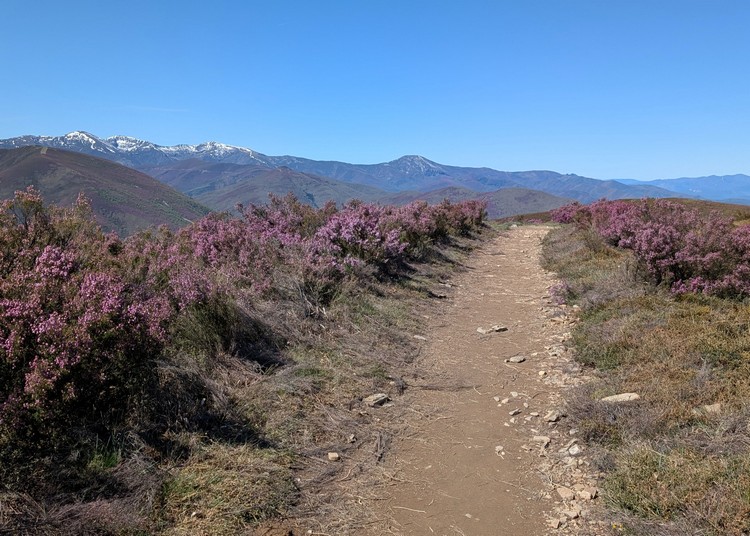
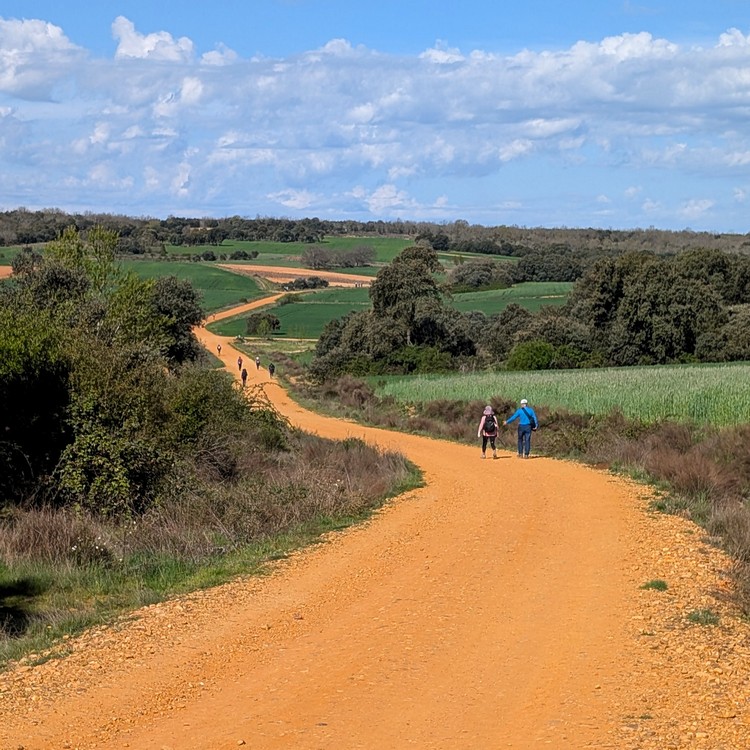
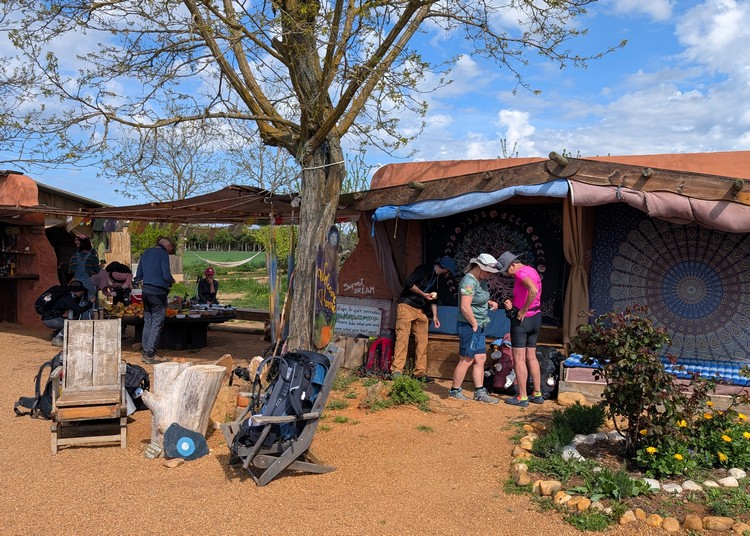
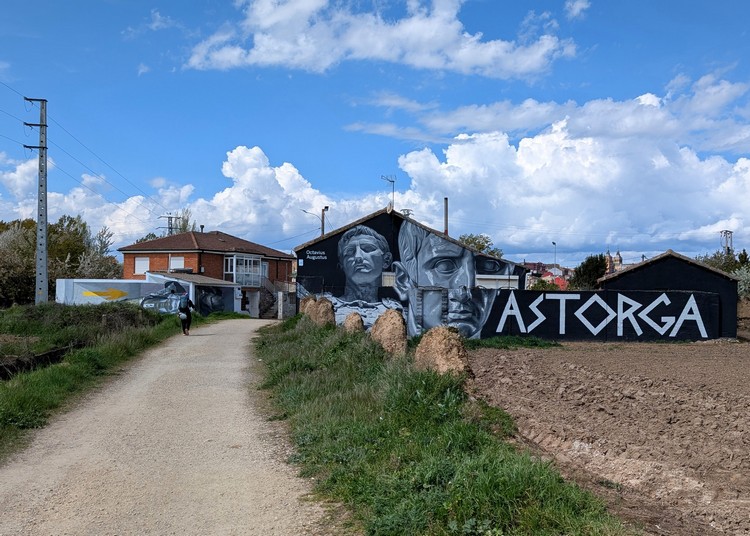
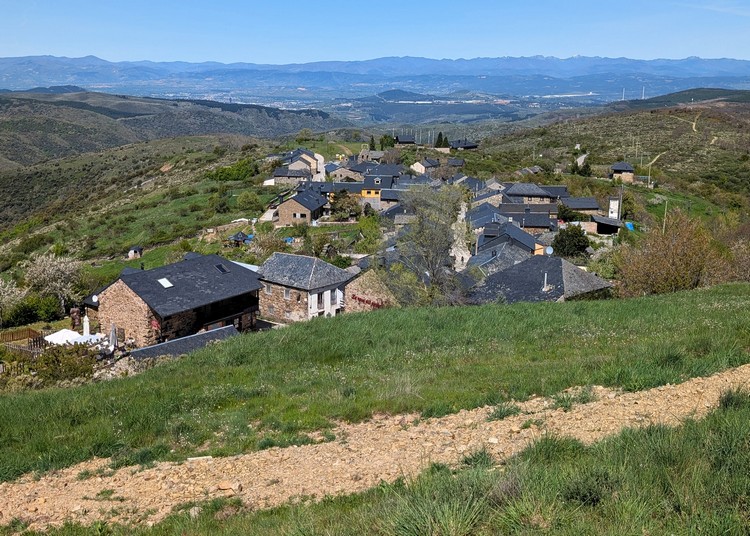
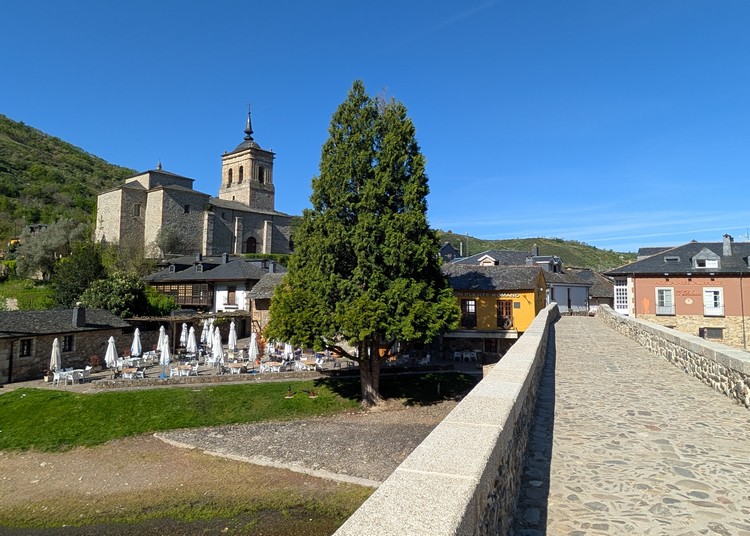
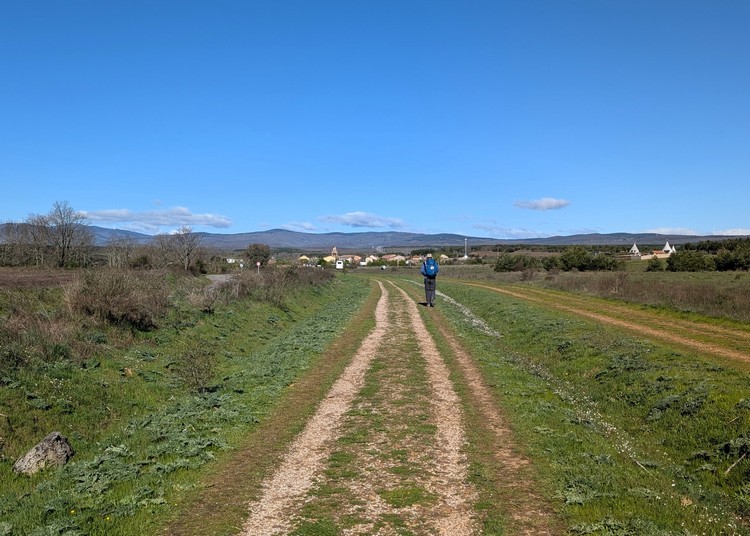

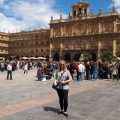
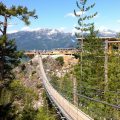
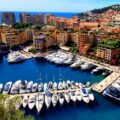
Hello – Ive walked several Caminos and really love the experience and have enjoyed your photos and reflections, thank you. Absolutely agree that everyone should do the Camino their own way – the only negative comment I have is for your quote:
“The discomfort of sharing a dorm room with snoring, loud and stinky pilgrims is part of the journey (in their opinion).” Haha loud and snoring yes! Stinky no!! Boots all have to be removed and stored on arrival and left in the porch, away from dorms. First thing everyone wants to do on arrival is shower, put on fresh clothes and wash/dry their trail clothes. So stinky, us dormitory dwellers are not!!
Buen Camino!!
Thanks for sharing.